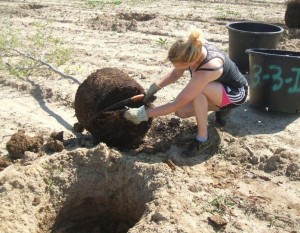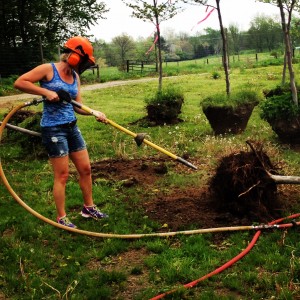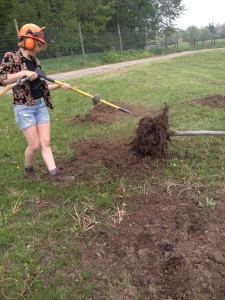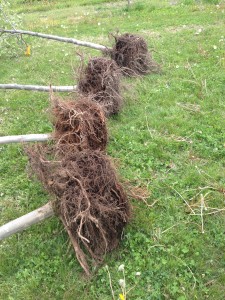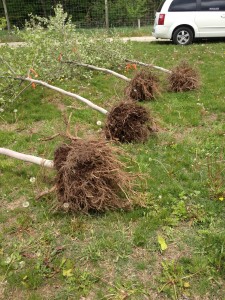This past week I was in Alnarp, Sweden to present at the International Urban Tree Diversity Conference. Lots of interesting talks, posters and field tours. Much more to discuss than I can fit into a blog post, but if you’re interested you can read the presentation abstracts.
One of the best features of the conference is that the presenters and participants included not only arborists and urban forester but also landscape architects and urban planners. This might not sound too remarkable but these groups are not always on the same page. While urban foresters are on board with the need to diversify urban and community forests; species diversity can be at odds with uniformity, which is a key element in landscape design. For example, a common application of uniformity in design is the installation of alle’s – long, uniform monoculture plantings along a street or path.


The aesthetic appeal of an alle’ is undeniable and seemingly universal. We saw many examples in our tours in Malmo and Copenhagen, but alle’s can found almost anywhere mankind has planted trees.
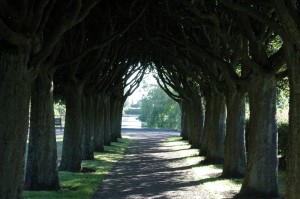
The dilemma, of course, is that any monoculture planting runs the risk of catastrophic failure, especially in an era of increased global trade and potential introduction of destructive exotic pests.

Simply planting a random mix of species leads to a menagerie effect – one of these, one of those – that most eyes find unsatisfactory.
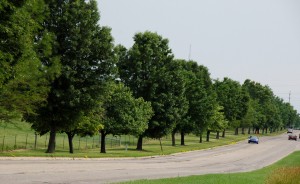
One of the challenges addressed at the conference is how to meet the design and aesthetic objectives of uniformity while still achieving diverse landscape. There are no simple solutions and like most compromises, not everyone will be completely satisfied. But at least we are getting to the point where all sides of the discussion are being heard and creative minds are melding the science and the art that will produce the desired aesthetic and diversity.
